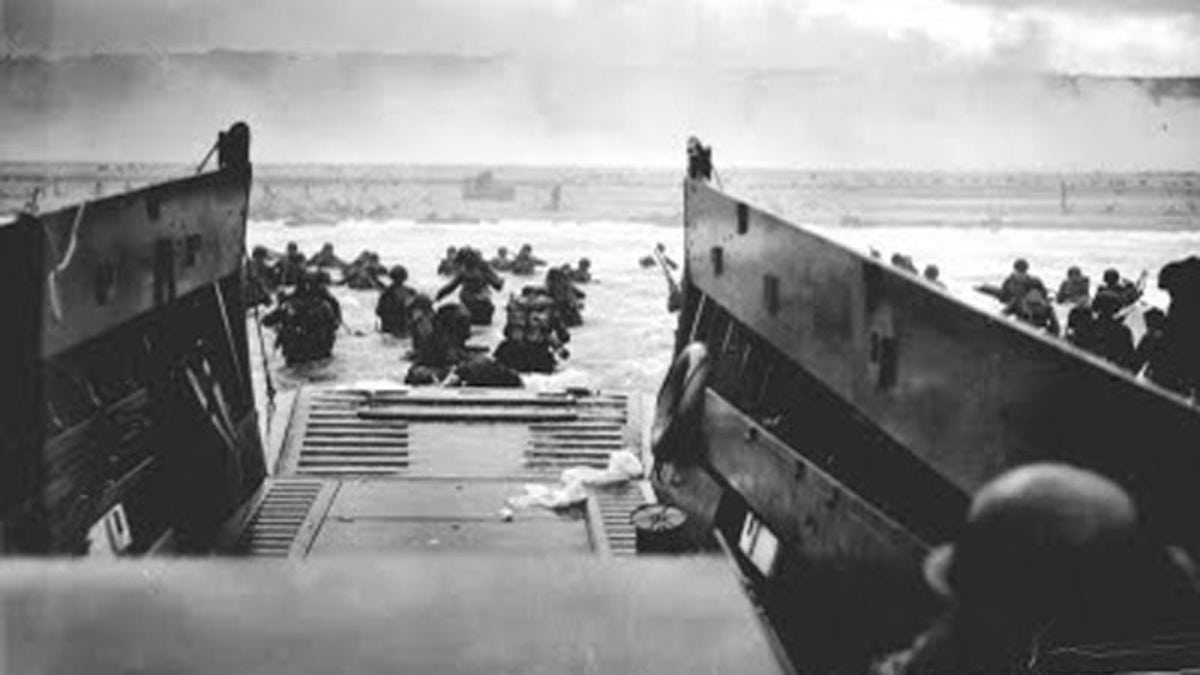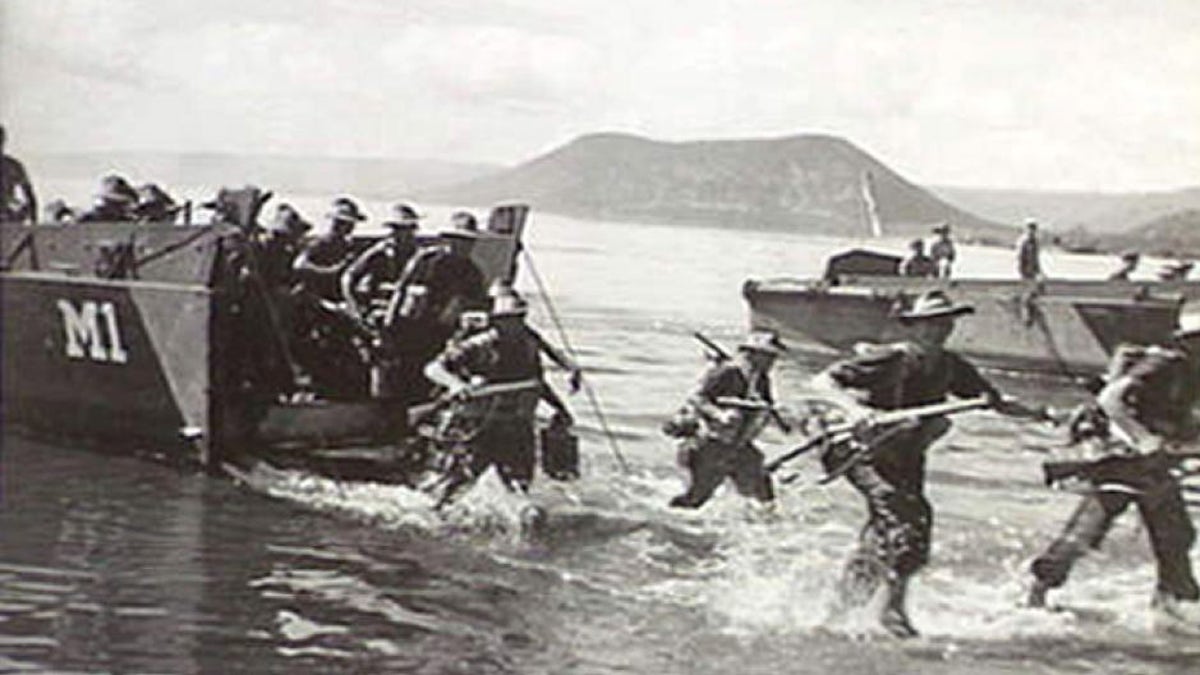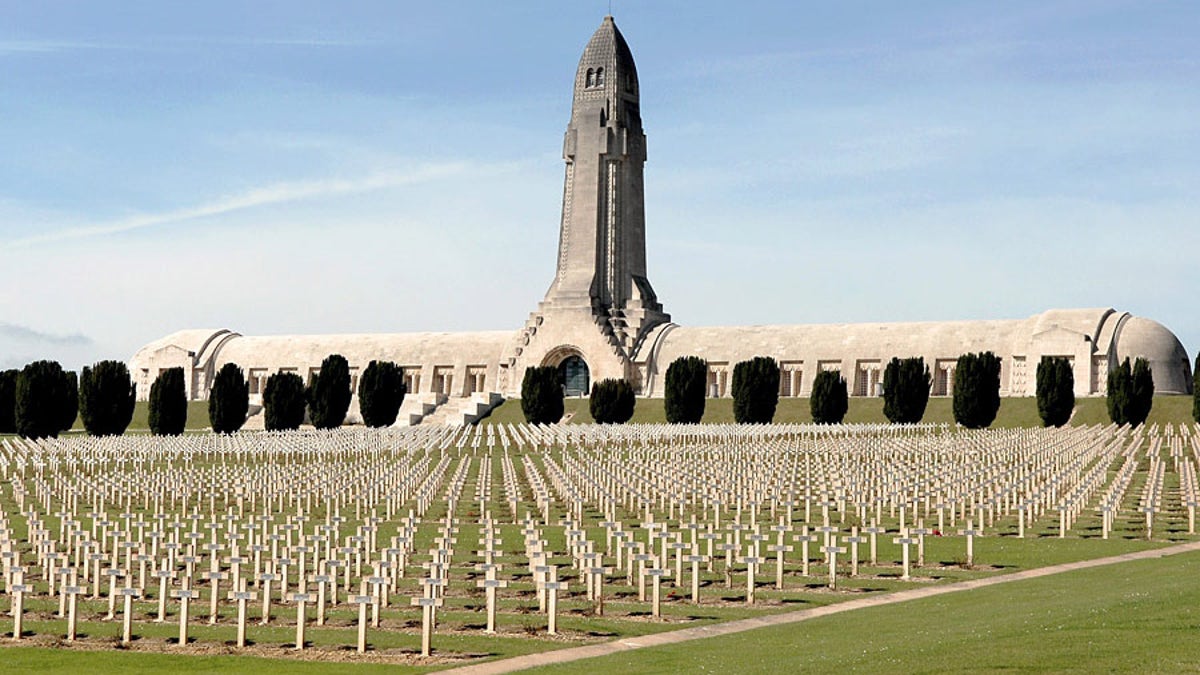As the idea of a modern-day battlefield becomes more open to interpretation amid the use of drones and surgical strikes, this Memorial Day its important to appreciate the fact that the locations of battles past are still even recognizable. Preservation of these historic places varies from erecting thousands of monuments, to mere descriptive posts in a field. Here are five of the world’s most impressively preserved military sites.
1. Monmouth Battlefield State Park – Monmouth, NJ

(The Patriot/AP Photo)
Spanning 2,979 acres in the Freehold Township of New Jersey, Monmouth Battlefield State Park is one of the few remaining Revolutionary War battlefields in such good condition. The entire park preserves the 18th century landscape as it originally stood, with its orchards, fields, woods and wetlands. Visitors can climb on a horse, carry an American flag, and talk about how great a leader George Washington was as they ride through the miles of preserved trails through the park, or watch the annual reenactment of the battle itself. Charge Combs Hill or hide away in the restored Revolutionary War farmhouse (the Craig House), while denouncing the Redcoats. Revolutionary War militia leader Francis Marion, known as the father of guerilla warfare and depicted by Mel Gibson in "The Patriot," fought a significant battle at the nearby Monmouth Courthouse in 1778. The park has been undergoing some renovations since December 2011, but is due to reopen this spring, hopefully full of wax recreations of Gibson as Marion.
2. Pointe du Hoc – Normandy, France

(The Allied invasion of Normandy/U.S. Coast Guard)
Standing on 100ft tall cliffs and overlooking the English Channel, Pointe du Hoc was the point of attack by the U.S. Army Ranger Assault Group during Operation Overlord, code name for the Battle of Normandy in WWII. The Allied victory saw American Rangers land on the beach in amphibious DUKW trucks fitted with rocket launchers, evade the unceasing rounds fired upon them by German forces, and scale the massive cliffs using rope ladders. Today, the battlefield has a memorial and museum dedicated entirely to the battle itself. The original German fortifications have been left in place, and the entire site leaves a number of bomb craters still intact. While many could claim to virtually visit this site (as the battle is portrayed in the video game Call of Duty 2), it’s much better to experience it in real life. There's nothing like breathing in the salty ocean air and gape in wonder at how our ancestors actually scaled the walls while under fire.
3. Rabaul – East New Britain Province, Papua New Guinea

(Australian War Memorial)
During the Battle of Rabaul, the Japanese seized this crucial territory in the South Pacific in the middle of a massive aerial onslaught. Located on the island of New Britain in Papua New Guinea, it became the biggest, and most essential Japanese base in the South Pacific, as it was headquarters for both the Japanese Army and Navy – along with 100,000 Japanese troops. Then in 1944, as part of Operation Cartwheel, Allied troops strategically surrounded Rabaul and cut off all lines of communication, rendering the base powerless. This WWII site proves most impressive, not just for the reminder of the complete success of Allied tactics that led the Japanese to surrender the base in August 1945, but also for the impressively fortified base itself. Visitors can tour the tunnels, bunkers, and gun positions, and enjoy the fact that they’re in a historic army base in a tropical paradise and not under heavy artillery fire.
4. Antietam National Battlefield – Washington County, MD

(Library of Congress)
The Battle of Antietam marked the end of Robert E. Lee’s first invasion of the North in 1862. On Sept. 17 alone, more than 23,110 men were killed, wounded, or listed as missing. Less than 30 years later, the government had the foresight to preserve it as a national battlefield site. Located among the Appalachian foothills near the Potomac River, the area features a visitor center, national military cemetery, a field hospital museum, and the wonderfully preserved, legendary Burnsides’s Bridge, which played a key role in the Civil War battle. Purchase an audio tour at the visitor center and drive the 8.5 mile tour that features eleven stops along the way.
5. Fort Douaumont – Verdun, France

(Office de Tourisme de Verdun)
Fort Douaumont, the largest and highest in a ring of 19 defensive forts protecting the city of Verdun since the 1890s, fell easily into German hands during WWI after the French deemed it ineffective against new German weaponry and left it undefended. However, that takeover (which only took three days) sent a shock through the French Army’s command structure, and led to a nine-month battle between 1,140,000 French soldiers and 1,250,000 German soldiers, leaving 698,000 killed in action. On October 24, 1916, the fort fell back into French control, and visitors can see it as it stood that very day. Tours lead through the three different levels of the fort and all the intricate tunneling, as well as the preserved guns, turrets, and other weaponry that are reminders of the horrors of trench warfare.
MORE FROM MAXIM
2012 Holiday Gift Guide: Adventures
